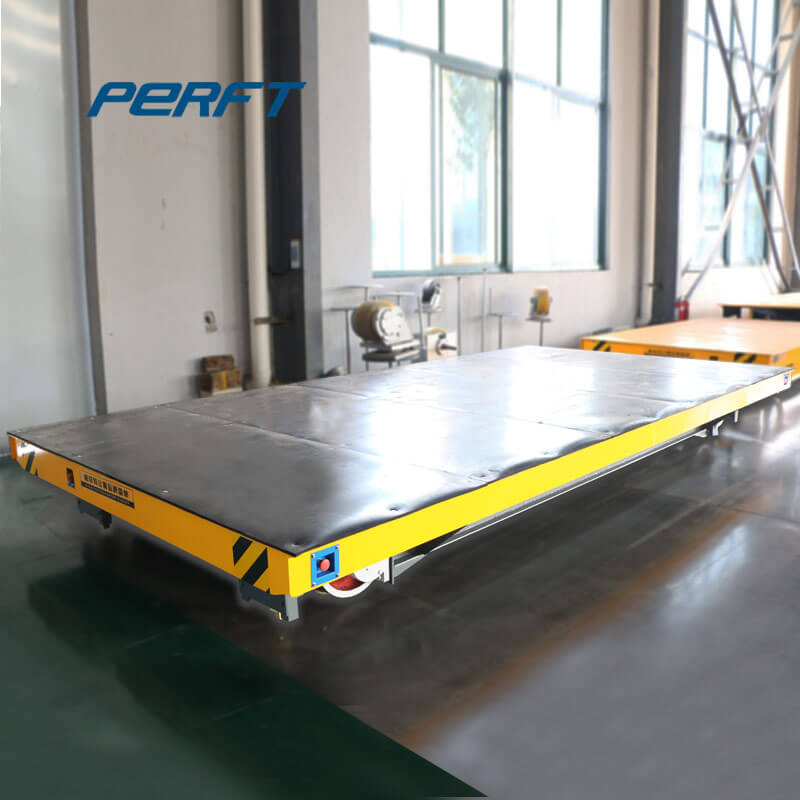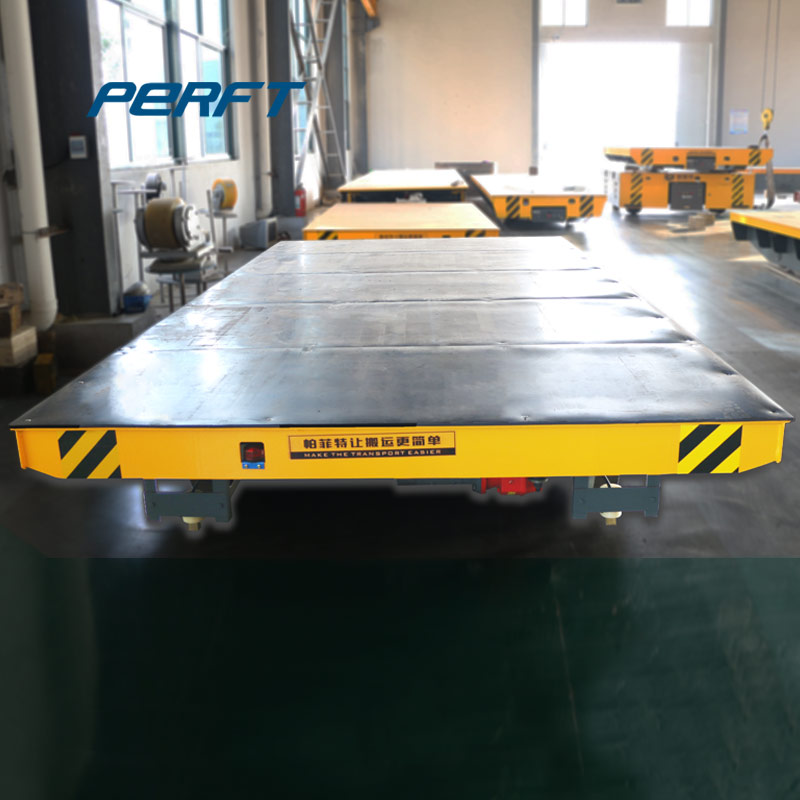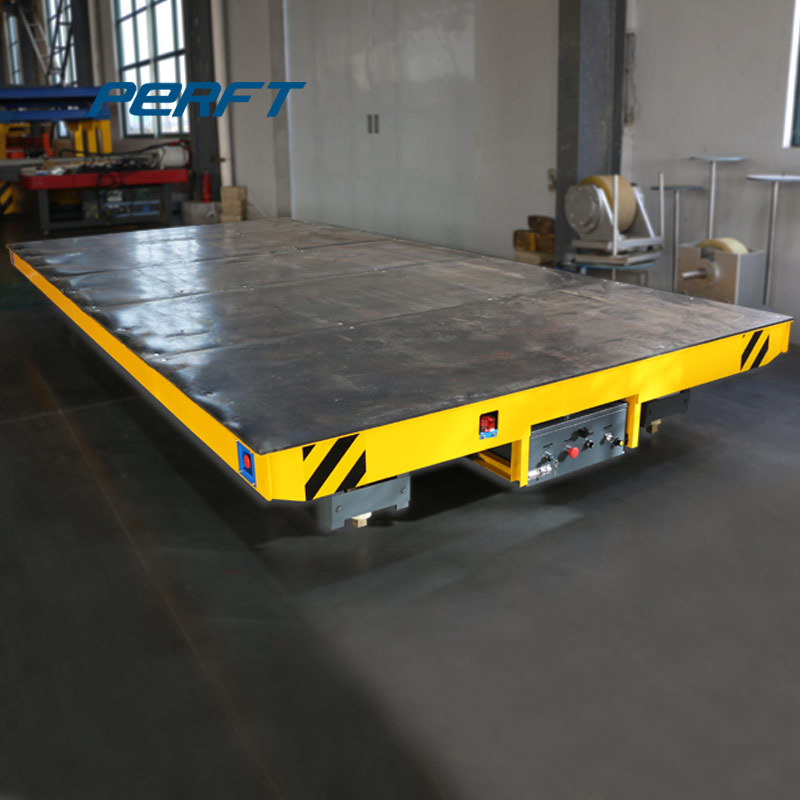


.jpg)
.jpg)
.jpg)
.jpg)
.jpg)
.jpg)
.jpg)
.jpg)
.jpg)
.jpg)
.jpg)
.jpg)
.jpg)
.jpg)
.jpg)
.jpg)
.jpg)
.jpg)
.jpg)
.jpg)
.jpg)
.jpg)
.jpg)
.jpg)
.jpg)
.jpg)
.jpg)
.jpg)
.jpg)
.jpg)
.jpg)
.jpg)
.jpg)
.jpg)
.jpg)
.jpg)
.jpg)
.jpg)
.jpg)
.jpg)
.jpg)
.jpg)
.jpg)
.jpg)
.jpg)
.jpg)
.jpg)
.jpg)
.jpg)
.jpg)
.jpg)
.jpg)
.jpg)
.jpg)
.jpg)
.jpg)
.jpg)
.jpg)
.jpg)
.jpg)
.jpg)
.jpg)
.jpg)
.jpg)
.jpg)
.jpg)
.jpg)
.jpg)
.jpg)
.jpg)
.jpg)
.jpg)
.jpg)
.jpg)
.jpg)
.jpg)
.jpg)
.jpg)
.jpg)
.jpg)
.jpg)
.jpg)
.jpg)
.jpg)
.jpg)
.jpg)
.jpg)
.jpg)
.jpg)
.jpg)
.jpg)
.jpg)
.jpg)
.jpg)
.jpg)
.jpg)
.jpg)
.jpg)
.jpg)
.jpg)
• Typical freight train is about 100 cars (generally range from 50 to 150 cars) 100 cars x 110 tons lading per car = 11,000 tons of lading • Railcar Gross Rail Load = 286,000 lbs. GRL (= 143 tons) 100 cars x 286,000 lbs. = 28,600,000 lbs = 14,300 gross tons • Plus the weight of two locomotives, about 300,000 lbs each
For more than 150 years the rail network has been a critical component of the U.S. transportation system and economy. Today it carries approximately one-third of U.S. exports and delivers five million tons of freight and approximately 85,000 passengers each day. The private freight rail industry owns the
Moving freight by rail getsPerfect vehicles off the road and reduces greenhouse gas emissions by 75 percent, according to the AAR. Additionally, moving freight via rail is 4 times more efficient than by truck. Not only is shipping via rail more cost effective per ton but also translates to less pollution and more lanes freed up on the highway.
Sliding or plug, single or double doors. Designed multiple ways for a variety of loading options. Underframe. Available in rigid or cushioned design to protect the load. Outside Length of Car. Range from 55 to 60 feet. Cubic Capacity. Range from 4,950 to 7,300 cubic feet. Gross Weight on Rail.
75 cars per unit time which have to be dispatched to node 4. To accomo- date 100 cars for a train, on the average these cars should be delayed at node 3 for (1 / 2) X (loo/ 75) = 0.67 time units. This delay is the average origin delay per car for those cars which originate at 3 and the average
75-ton Outside Jacks at each side for lifting railcar, bolster, and side frame for repacking, removal of the truck, and repair of under car members. 150-ton Center Jack for jacking under the center sill of special railcars, which cannot be handled with outside jacks. This allows roller bearing, axle, and wheel assemblies to be removed
System Extent. Miles of infrastructure by transportation mode. Freight travels over an extensive network of highways, railroads, waterways, pipelines, and airways. Road infrastructure increased 6.0 percent while traffic volume increased 17.9 percent, from 2,747 billion to 3,262 billion vehicle-miles traveled, over the 2000 to 2019 period.
6 adjacent storage tracks, each 6,550 feet (1,997 meters) long and each capable of handling 21 305-foot-long (93-meter-long) double-stack rail cars for a total capacity of 126 rail cars Terminal Island Container Transfer Facility (TICTF) - Everport Terminal Services and Yusen TerminalsPerfect
went by rail instead, greenhouse gas emissions would fall by approximately 26.2 million tons. • Holistic Approach: From advanced locomotive technology to zero-emission cranes, freight railroads leverage technology across their operations to limit their impact on the environment. In 2020 alone, U.S. freight railroads consumed 6 75 million
NET ZERO. Most people know that Rail Freight is one of the most fuel efficient methods of transport. Moving freight by rail instead of truck reduces GHG emissions by up to 75%. On average a ton of freight can be moved 454 miles on a single gallon of diesel fuel. But let’s take this further.
Transfer Tables are an invaluable tool for maintaining traffic flow between tracks in a car repair or maintenance shop by allowing for the movement of rail cars or locomotives between parallel tracks. Whiting custom designs and manufactures each Transfer Table to meet the customer’s exact capacity and length requirements.
Local Rail Freight Assistance (LRFA) The Local Rail Freight Assistance Program (LRFA) was established to provide financial support to states for the continuation of rail freight service on abandoned light density lines. Light density freight rail lines are those that do not carry more than 5,000,000 gross tons per- mile per-year.
Moving material by rail is the safest possible surface transportation solution, and preferable to moving via truck. A typical coal ash pond holds more than 1 million tons of material, which equates to 40,000 truckloads moving through communities. Alternatively, 1 million tons moved by rail can be shipped with just 100 trains, each hauling 100 cars,
Freight Rail Modal Annex Section 1. Executive Summary 1 1 Executive Summary The fundamental challenge to securing the freight rail network is to protect against a constantly changing, unpredictable threat environment without impeding the continuous movement and free flow of commerce.
Jun 11, 2020 · The rail network accounts for approximately 40 percent of U.S. freight moves by ton-miles (the length freight travels) and 16 percent by tons (the weight of freight moved). [5] On the rails, in general, bulk freight, such as grain and coal, ships in rail cars and consumer goods, such as items found at a neighborhood store, ship in containers or